The textile industry stands as one of the largest consumers of water globally, with wastewater generation remaining an inevitable byproduct of its manufacturing processes. From dyeing and printing to finishing operations, textile mills discharge substantial volumes of contaminated water containing complex chemical compositions. This wastewater poses significant environmental challenges if released untreated, making effective treatment systems not just preferable but absolutely necessary for sustainable operations.
The Complex Nature of Textile Wastewater
Textile effluent differs markedly from municipal wastewater in both composition and treatability. The wastewater stream typically contains synthetic dyes, toxic organic compounds, heavy metals, inorganic salts, and varying pH levels that fluctuate between highly alkaline to strongly acidic. Synthetic dyes alone account for nearly 20% of global water pollution from industrial sources, with many dyes demonstrating resistance to biological degradation. The presence of persistent organic pollutants and colorants creates treatment challenges that conventional wastewater systems cannot adequately address.
Seasonal variations in production volumes further complicate treatment consistency. During peak manufacturing periods, treatment plants must handle sudden surges in hydraulic loading while maintaining effluent quality standards. The variable nature of textile wastewater demands flexible, multi-stage treatment approaches capable of adapting to changing influent characteristics without compromising discharge parameters.
Primary Treatment: The First Line of Defense
Initial treatment stages focus on removing suspended solids and adjusting wastewater characteristics for subsequent processes. Screening and sedimentation units capture larger particles, while equalization tanks homogenize the wastewater flow and composition. Chemical coagulation-flocculation proves particularly effective at this stage, where iron or aluminum salts precipitate dissolved contaminants into removable sludge.
pH adjustment frequently becomes necessary before biological treatment, as textile wastewater often emerges from production processes at extreme pH levels incompatible with microbial activity. Lime, sodium hydroxide, or sulfuric acid dosing systems automatically regulate pH to optimal ranges. These primary treatment steps, while seemingly basic, establish crucial conditions for effective secondary treatment by reducing acute toxicity and creating stable operating parameters.
Biological Treatment: Harnessing Microbial Metabolism
Secondary treatment predominantly relies on biological processes where specialized microorganisms degrade organic pollutants. Activated sludge systems, sequencing batch reactors, and membrane bioreactors have all demonstrated efficacy in reducing the organic load from textile effluents. However, the biorefractory nature of many textile chemicals necessitates extended retention times and careful monitoring of microbial populations.
Recent advancements incorporate specially cultivated microbial consortia capable of breaking down complex dye molecules. These engineered cultures show remarkable degradation efficiency for specific dye classes when maintained under optimized conditions. Some facilities employ anaerobic pretreatment to break down azo dyes before aerobic treatment, achieving superior color removal through this combined approach.
Tertiary Treatment: Addressing Persistent Contaminants
Despite robust primary and secondary treatment, certain contaminants persist in textile wastewater, demanding advanced tertiary processes. Oxidation techniques using ozone, hydrogen peroxide, or Fenton's reagent effectively degrade residual organic compounds and remaining color. Membrane filtration technologies, particularly nanofiltration and reverse osmosis, have gained prominence for their ability to remove dissolved salts and produce high-quality reuse water.
Adsorption systems utilizing activated carbon or agricultural waste byproducts provide cost-effective polishing treatment for final effluent. Emerging electrochemical treatment methods show promise for simultaneous color removal and disinfection, though energy requirements remain a limiting factor for large-scale adoption. The selection of tertiary technologies depends heavily on specific effluent quality requirements and intended water reuse applications.
Zero Liquid Discharge: The Future Standard
Increasing regulatory pressures and water scarcity concerns are driving textile manufacturers toward zero liquid discharge (ZLD) systems. These comprehensive treatment trains combine multiple technologies to recover over 95% of wastewater as reusable water while concentrating remaining salts and contaminants for proper disposal. While ZLD implementation requires substantial capital investment, the long-term benefits of water conservation and regulatory compliance justify the expenditure for forward-thinking manufacturers.
Modern ZLD systems integrate evaporators, crystallizers, and advanced membrane systems to maximize water recovery. The concentrated brine byproduct often finds use in other industrial processes, creating circular economy opportunities. As water pricing structures evolve to reflect true scarcity value, ZLD transitions from being an environmental luxury to an economic necessity for textile producers in water-stressed regions.
Regulatory Landscape and Compliance Challenges
Global textile wastewater regulations continue to tighten, with particular emphasis on color removal and toxic compound elimination. Developed nations increasingly enforce stringent limits on heavy metals, adsorbable organic halides (AOX), and persistent organic pollutants. Many developing textile manufacturing hubs now face pressure to upgrade treatment infrastructure to meet international buyer standards and multilateral environmental agreements.
Compliance monitoring has grown more sophisticated, with requirements for continuous effluent quality monitoring and real-time reporting. This shift from periodic sampling to continuous compliance verification compels manufacturers to maintain consistent treatment performance rather than relying on intermittent treatment adequacy. The resulting operational transparency benefits both regulators and environmentally conscious consumers.
Innovations in Sustainable Treatment
The field of textile wastewater treatment continues to evolve with promising technological developments. Photocatalytic oxidation using novel catalyst materials demonstrates enhanced degradation rates for stubborn dyes. Bioelectrochemical systems harness microbial metabolism to simultaneously treat wastewater and generate electricity. Plant-based treatment wetlands, once considered inadequate for industrial effluents, now show improved performance when used as polishing systems following conventional treatment.
Perhaps most significantly, digitalization and automation are transforming treatment plant operations. Advanced process control systems utilize real-time water quality analytics to optimize chemical dosing, aeration rates, and sludge retention times. Machine learning algorithms predict treatment performance based on influent characteristics, allowing preemptive adjustments to maintain consistent effluent quality despite fluctuating production conditions.
The textile industry's water stewardship journey continues as manufacturers balance economic realities with environmental responsibilities. Through continued innovation and responsible practices, the sector can significantly reduce its aquatic footprint while maintaining production viability. What remains clear is that wastewater treatment can no longer function as an afterthought - it must become an integral, valued component of textile manufacturing operations worldwide.
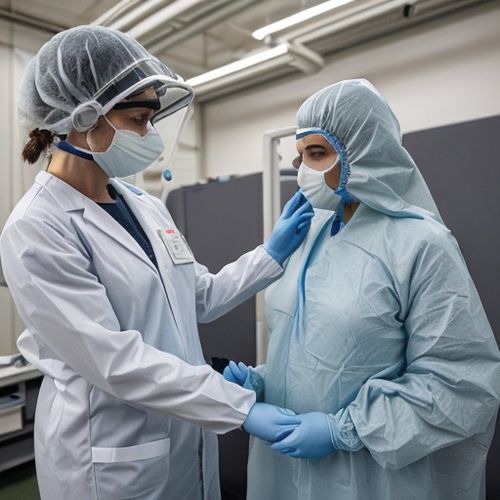
By Grace Cox/Apr 27, 2025

By Noah Bell/Apr 27, 2025
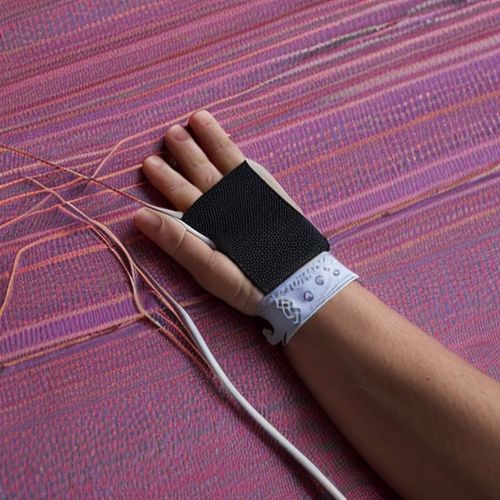
By James Moore/Apr 27, 2025

By James Moore/Apr 27, 2025

By Thomas Roberts/Apr 27, 2025
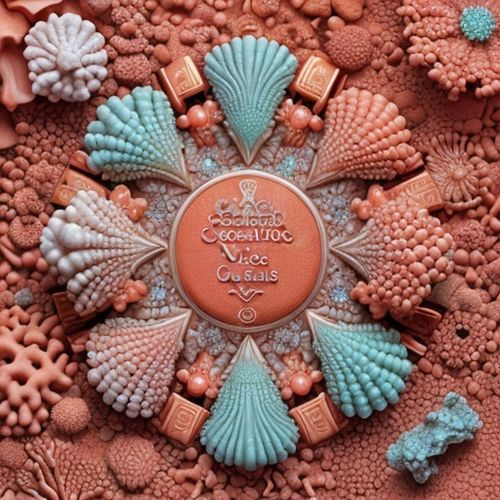
By Grace Cox/Apr 27, 2025
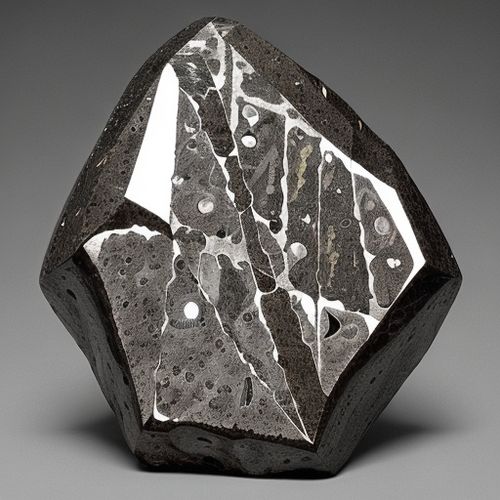
By Joshua Howard/Apr 27, 2025

By George Bailey/Apr 27, 2025
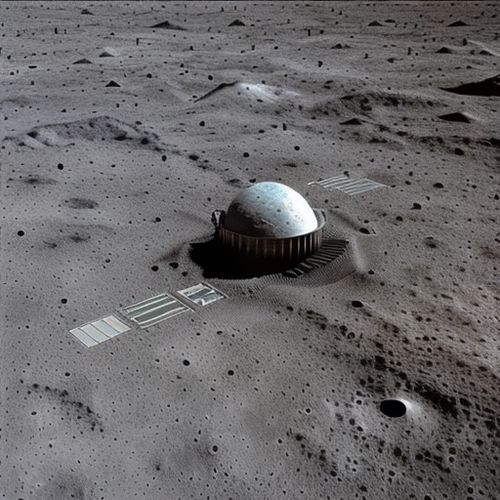
By Olivia Reed/Apr 27, 2025

By Sarah Davis/Apr 27, 2025

By Olivia Reed/Apr 27, 2025

By Elizabeth Taylor/Apr 27, 2025
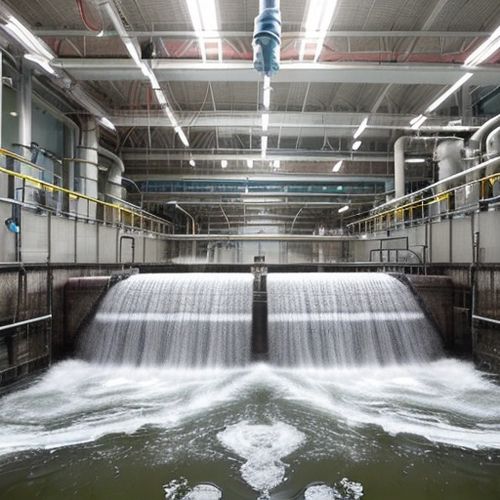
By Joshua Howard/Apr 27, 2025

By Victoria Gonzalez/Apr 27, 2025
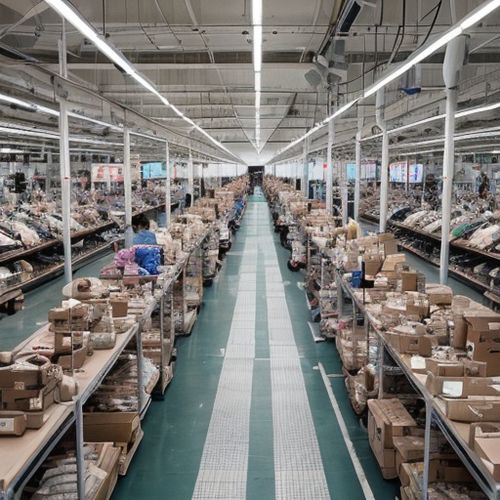
By Michael Brown/Apr 27, 2025

By Olivia Reed/Apr 27, 2025
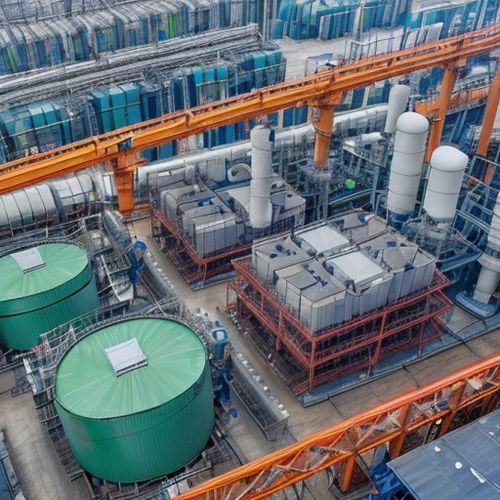
By Grace Cox/Apr 27, 2025
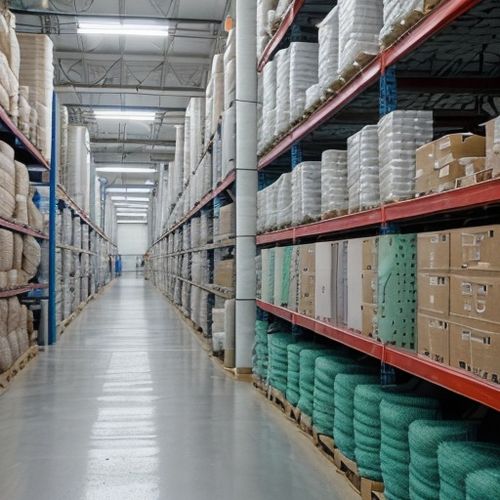
By Amanda Phillips/Apr 27, 2025

By Lily Simpson/Apr 27, 2025
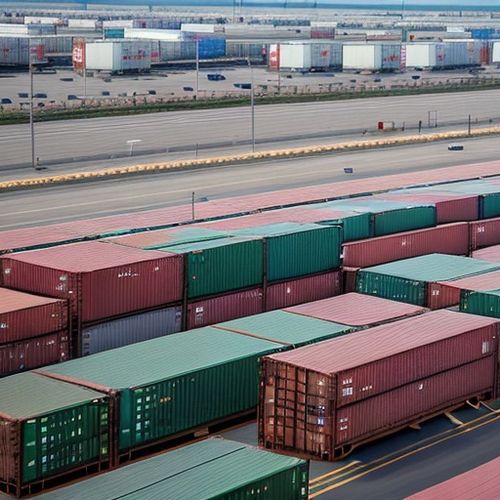
By Elizabeth Taylor/Apr 27, 2025